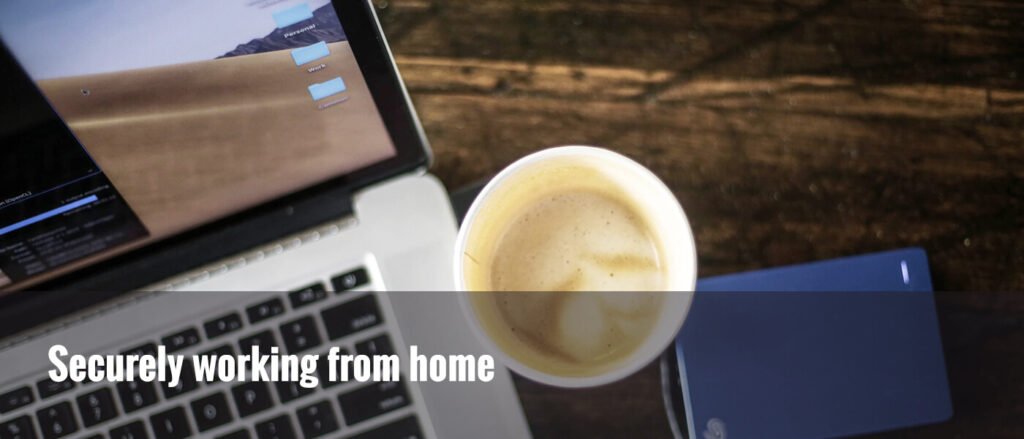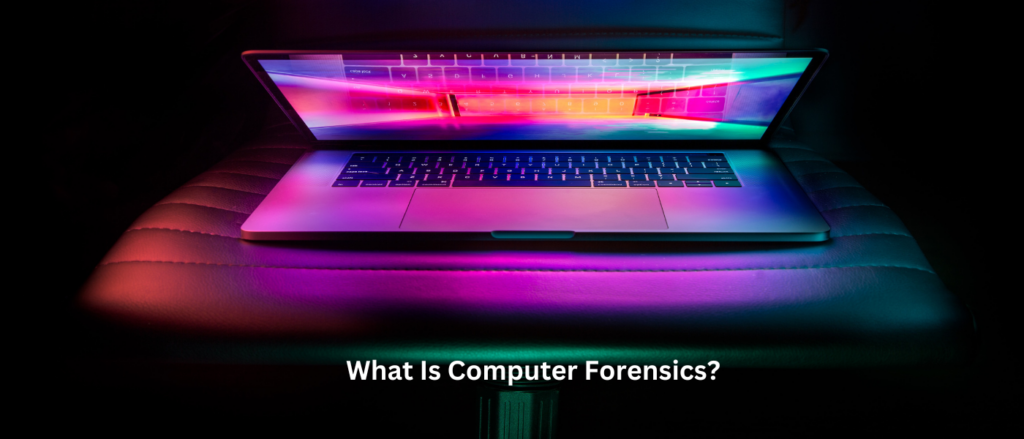Cyber security is a vital concern for any business, but especially for small and medium-sized enterprises (SMEs) that may have limited resources and expertise to deal with cyber attacks. According to the 2023 Cyber security Ventures Cybercrime Report, cyber crime is projected to cost $10.5 trillion globally in damages by the end of 2024, and SMEs are among the most common and vulnerable targets.
To protect your SME from the top 5 cyber threats in 2024, you need to be aware of the risks, implement effective security measures, and train your staff on best practices. Here are some tips and recommendations to help you achieve that.
1. Ransomware
Ransomware is a type of malware that encrypts your data and systems and demands a ransom for their decryption. If you don’t pay, you may lose access to your files and operations permanently. Ransomware attacks are becoming more sophisticated and prevalent, as cyber criminals use ransomware as a service, double and triple extortion, and supply chain vulnerabilities to launch their campaigns.
To prevent ransomware attacks, you should:
- Use a reliable antivirus software and keep it updated
- Backup your data regularly and store it offline or in the cloud
- Avoid opening suspicious email attachments or links
- Educate your staff on how to spot and report phishing emails
- Consider using a ransomware protection service or insurance
2. OT-IT Security
OT-IT security refers to the integration and protection of operational technology (OT) and information technology (IT) systems. OT systems are those that control physical processes and devices, such as industrial machinery, sensors, and smart meters. IT systems are those that handle data and communication, such as computers, networks, and software. As more businesses adopt digital transformation and IoT solutions, OT and IT systems become more interconnected and interdependent, creating new challenges and opportunities for cyber attackers.
To secure your OT-IT systems, you should:
- Conduct a risk assessment and identify your critical assets and vulnerabilities
- Segment your network and isolate your OT and IT systems as much as possible
- Implement strong authentication and encryption for all devices and users
- Monitor and audit your network activity and performance
- Update and patch your systems regularly and test them for resilience
3. Dark Web
The dark web is a part of the internet that is hidden from the public and accessible only through special software, such as Tor. The dark web is often used by cybercriminals to buy and sell stolen data, malware, hacking tools, and other illicit goods and services. If your business data is compromised and leaked on the dark web, you may face reputational damage, legal liability, and financial losses.
To protect your business from the dark web, you should:
- Use a dark web monitoring service or tool to scan the dark web for your business name, domain, email addresses, and other sensitive information
- Implement data loss prevention (DLP) solutions to prevent unauthorised data transfers and leaks
- Use strong passwords and multifactor authentication for all your accounts and systems
- Report any suspicious or fraudulent activity to the authorities and your customers
- Consider using a cyber insurance policy to cover potential losses
4. Malware as a Service and Hackers-for-Hire
Malware as a service (MaaS) and hackers-for-hire are emerging trends in the cybercrime market, where anyone can purchase or rent malware, hacking tools, or hacking services from online platforms or forums. This lowers the barrier to entry for cyber attackers and increases the threat landscape for SMEs. MaaS and hackers-for-hire can offer various types of attacks, such as DDoS, web application, credential stuffing, and social engineering.
To defend against MaaS and hackers-for-hire, you should:
- Use a web application firewall (WAF) and a DDoS protection service to protect your website and online services
- Use a password manager and a VPN to secure your online accounts and activities
- Train your staff on how to recognise and avoid social engineering and phishing attempts
- Implement a security awareness program and a security incident response plan
- Hire a reputable cyber security consultant or provider to assess and improve your security posture
5. Modern Phishing
Phishing is a type of cyber attack that uses deceptive emails or websites to trick users into revealing their personal or financial information, or installing malware. Phishing is one of the oldest and most common cyber threats, but it is also evolving and adapting to the changing environment. Modern phishing techniques include spear phishing, which targets specific individuals or organizations; vishing, which uses voice calls or voicemail; and whaling, which targets high-level executives or VIPs.
To prevent phishing attacks, you should:
- Use a spam filter and an email security service to block malicious emails
- Verify the sender, the subject, and the content of any email before opening it or clicking on any link or attachment
- Look for signs of spoofing, such as misspelled domains, poor grammar, or urgent requests
- Never share your personal or financial information or passwords over email or phone
- Report any suspicious or fraudulent email or call to your IT department or security provider
Cyber security is not a luxury, but a necessity for SMEs in 2024. By following these tips and recommendations, you can protect your business from the top 5 cyber threats and ensure your continuity and growth. Cyber security is not a one-time event, but a continuous process that requires constant vigilance and improvement. If you would like to understand how to protect your business against common cyber threats please contact our team today and we would be happy to help.





